Need help?Call us on 0800 043 6600 or visit our Customer Support page
Why Have A Facial Treatment?
Part of the Spabreaks.com Spa Treatment Guides
Facials are a classic part of the spa experience, and while massages are the most regularly booked spa treatment, a facial can be just as relaxing. Targeting a wide variety of goals, they can be relaxing, restorative, cleansing, anti-ageing or nourishing, facials can be anything from 30 minutes to more than 90 minutes, and can include a variety of phases depending on what you choose, where you go and what you want to achieve.
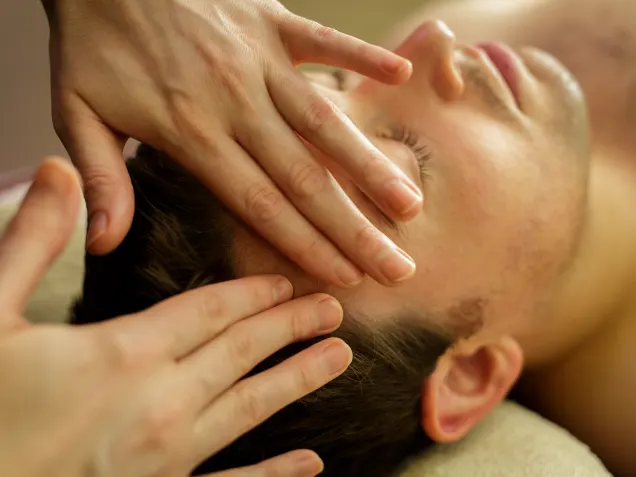
What is a facial?
Essentially a facial is a treatment for the face that also sometimes includes the neck and decollete. Often it will start with a cleanse, then include an exfoliation, face mask, moisturiser and massage. Usually your therapist will speak to you before your treatment to find out any particular areas of concern that you would like to target, and they will tailor the treatment to you using different products, oils and movements.
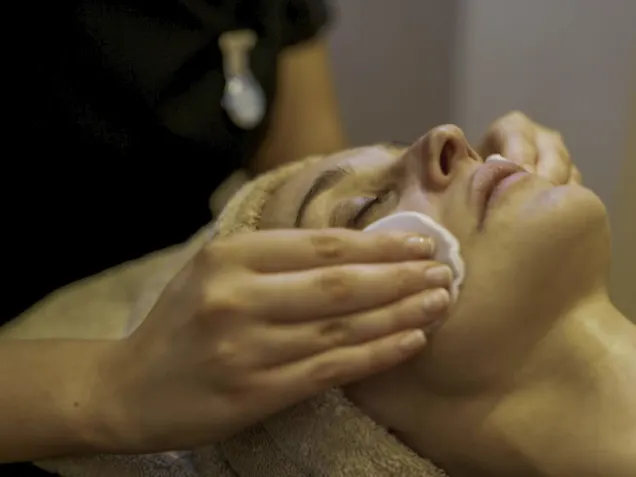
What are the benefits of a facial?
Depending on the type of facial you are having, there are a wide range of benefits and to some extent they all apply to facials in general. These include, but are not limited to:
- Hydration and moisturising
- Relaxation
- Refresh
- Energise
- Improve complexion
- Exfoliate
- Cleansing
- Anti-ageing
What types of facial are there?
Aromatherapy: aromatherapy oils are commonly used in different spa treatments to achieve different benefits. In combination with other elements such as pressure point massage, they can be soothing, uplifting, clarifying or, ultimately, relaxing.
Lymphatic massage: a lymphatic drainage facial works uses soft brushing movements to detox and stimulate for visible results.
Galvanic facial: a galvanic facial uses a low-level current to help infuse products into the skin, stimulate cells, soften the skin and achieve results.
Microdermabrasion: a non-invasive cosmetic procedure, microdermabrasion uses fine crystals and a vacuum to remove dead skin cells. It helps to reduce fine lines, minor scars, wrinkles and age spots, and make the skin smoother and younger looking.
LED light therapy: a noninvasive skin treatment that’s typically used for acne and other skin problems, LED light therapy is often incorporated into facial treatments to simply lift and brighten skin and improve its appearance.
Anti-ageing: anti-ageing facials can incorporate lots of different elements, such as chemical peels, collagen masks, serums and ingredients like hyaluronic acid, that help to nourish the skin, keep it hydrated and reduce fine lines and wrinkles.
Brightening: brightening facials help to improve the general appearance of the skin, increasing cell renewal, boosting skin tone and clarity, removing impurities and leaving skin glowing.
Hydrating: hydrating facials are designed to replenish the skin and strengthen its protective barrier to help it retain moisture.
Oxygen: a facial where oxygen is applied onto the skin with the idea of improving skin tone and reducing the signs of ageing. It involves a machine that is used for spraying highly concentrated molecules of oxygen right into your skin, infused with vitamins, minerals, essential nutrients, and botanical extracts.
Enzyme: enzyme facials are used to rebalance and exfoliate the skin, they often use pumpkin enzymes, improving skin radiance and the ideal treatment to have 24 hours before a party.
Chemical: a chemical peel is a skin-resurfacing treatment in which a chemical solution is applied to the skin to remove the top layers to allow smoother, younger looking skin to return in its place. These are only available at select, specialist destinations offering non-invasive cosmetic procedures.
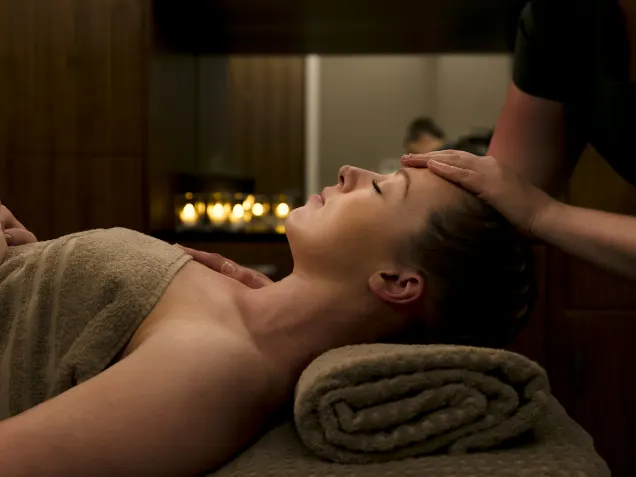
What to expect during a facial
Depending on the treatment that you choose, facials can have a number of different steps, but they generally follow a pattern similar to the following:
- Cleanse and tone: having settled onto the treatment bed, the facial usually begins with a cleanse and tone to remove any make-up and general dirt, and to refresh the skin.
- Exfoliate: an exfoliation is used to remove any dry or dead skin cells.
- Mask: a mask is usually the central feature of a facial, applied and left on the skin to work its magic for a period of time. There may be a massage element included in the application of products, or massage for the head, neck and shoulders while the mask is working.
- Moisturise: the mask is then removed, often with a warm towel or toning products before moisturising oils, creams and serums are applied. Sometimes a specific eye cream may also be used to finish the treatment.
Choose this if you want to…
The wonderful thing about facials is that you can usually find one to meet your particular objectives, and therapists will always tailor them to your particular needs. You should choose a facial if you want to:
- Hydrate and moisturise your skin
- Add a little extra glow for an upcoming event
- Really relax
- Refresh and energise your skin
- Improve your complexion
- Exfoliate
- Cleanse
- Address signs of aging
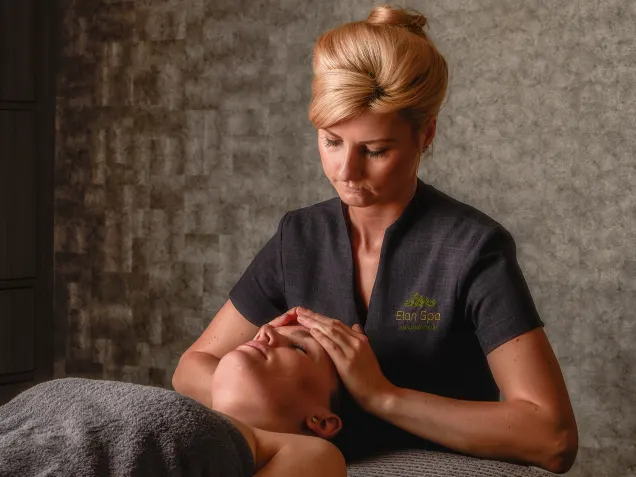
Average price of facial
As with all treatments, the cost of a facial will vary enormously depending on where you have it, the products that are used, the length of the treatment and the type of facial that you have. Often it’s recommended that facials are had as part of a course of treatments as well to get the optimum effect. As an average, you can expect to pay anything from £60 to £200 for a facial in the UK, but of course some places will charge less and in some it will be far more.
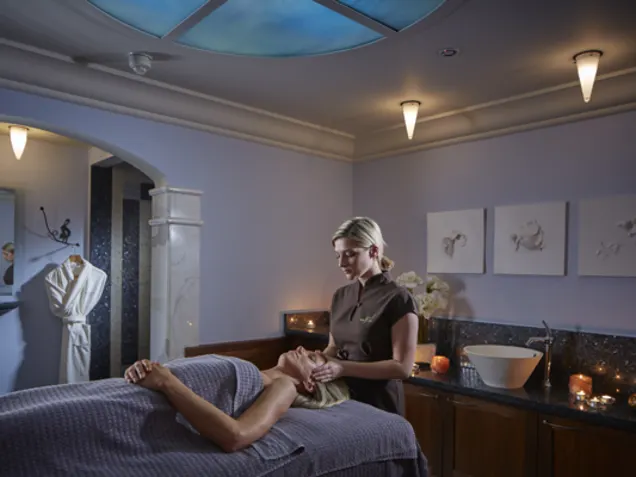
Facial aftercare
- Depending on the facial that you have, it’s usually best not to have one the same day or day before a big event, just in case all that cleansing and detoxing results in the odd spot.
- Try to wait 12 hours before applying make up
- Drink plenty of water
- Avoid using the spa facilities after your treatments so you don’t wash off all those hard-working products
What to wear during a facial treatment?
Depending on the facial that you choose to have, products may only be applied to the face or may extend to the decollete and shoulders. Sometimes they may also include a head massage in which oils might also be used in the hair. With that in mind, you can choose to stay in your normal clothes or pop on a robe over your underwear or swimwear. Sometimes you might be asked to undress down to your underwear, in which case a therapist will provide you with a towel to settle under and they will only uncover you to the places where products are being applied. That way it avoids getting any creams or oils on your clothing. If you have any questions however, feel free to ask your therapist at any time - it’s important that you feel comfortable during your facial.
Book Online TodayYou Might Also Like
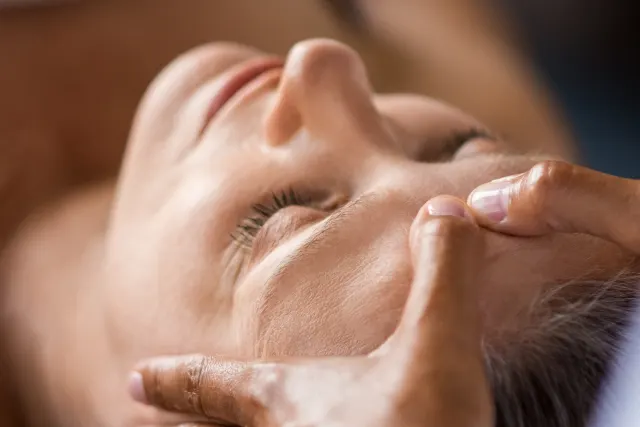
Head massage
Head massage is exactly what it sounds like. It’s a massage treatment that focuses on the upper back, shoulders, neck, head and face. Different spas use the foundation of a traditional head massage and create a wide variety of treatments from it, incorporating different oils (or hot oils) and elements to enhance the experience.
Read Our Guide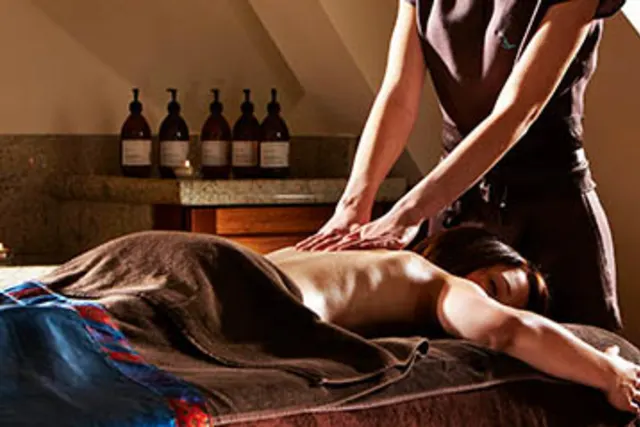
Back, neck and shoulder massages
The benefits of massage extend way beyond simply soothing muscles and relieving tension. For an hour or more we are totally switching off. It’s the one time when we truly disconnect from the Internet and the world around us. We focus simply on the here and now.
Read our guide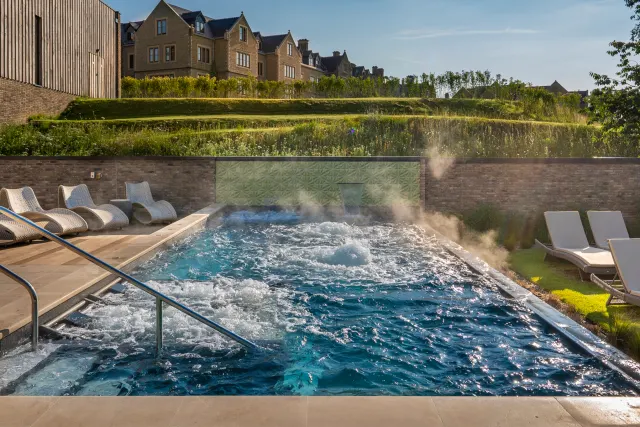
Thermal spa treatments
A proper thermal suite is a combination of different areas, temperatures and levels of humidity, which are designed to take you on a journey that helps relax and cleanse the body, as well as prepare it for spa treatments.
Read Our Guide